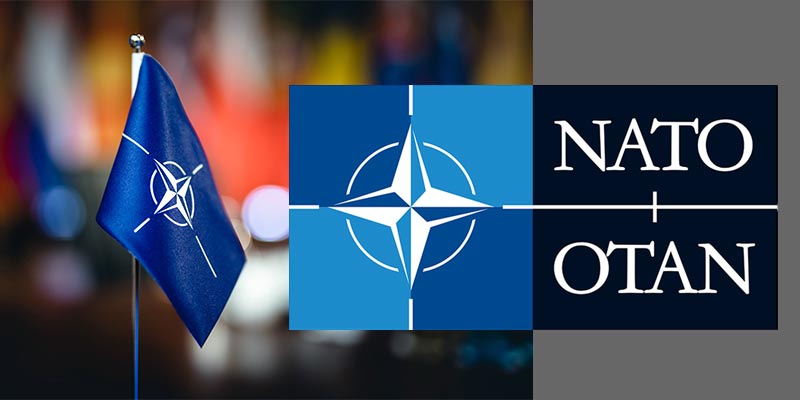- World
- Apr 05
Finland joins NATO as 31st ally
• Finland formally joined the North Atlantic Treaty Organisation (NATO) on April 4.
• Finland and its neighbour Sweden applied together last year to join NATO, but Sweden’s application has been held up by NATO members Turkey and Hungary.
• NATO Allies signed Finland’s Accession Protocol on July 5, 2022, after which all 30 national parliaments voted to ratify the country’s membership.
• Finland’s membership became official when its foreign minister handed over documents completing its accession process to US Secretary of State Antony Blinken. The US State Department is the repository of NATO texts concerning membership.
• Finland’s flag was hoisted outside the military bloc’s Brussels headquarters alongside those of the alliance’s 30 other members.
• Finland’s accession roughly doubles the length of the border the NATO shares with Russia.
• Since the end of the Cold War three decades ago, Moscow has watched successive waves of NATO enlargement, and the issue was contentious even before the invasion of Ukraine.
• NATO has repeatedly stressed that it is solely a defensive alliance and does not threaten Russia.
What is NATO?
• North Atlantic Treaty Organisation (NATO) was formed in 1949 with the signing of the Washington Treaty. NATO is a security alliance of 30 countries from North America and Europe.
• In 1949, there were 12 founding members of the alliance: Belgium, Canada, Denmark, France, Iceland, Italy, Luxembourg, the Netherlands, Norway, Portugal, the United Kingdom and the United States.
• The other member countries are: Greece and Turkey (1952), Germany (1955), Spain (1982), the Czech Republic, Hungary and Poland (1999), Bulgaria, Estonia, Latvia, Lithuania, Romania, Slovakia and Slovenia (2004), Albania and Croatia (2009), Montenegro (2017) and North Macedonia (2020).
• NATO’s fundamental goal is to safeguard the Allies’ freedom and security by political and military means.
• NATO enables members to consult and cooperate on defence and security-related issues to solve problems, build trust and, in the long run, prevent conflict.
• NATO is committed to the peaceful resolution of disputes. If diplomatic efforts fail, it has the military power to undertake crisis-management operations. These are carried out under the collective defence clause of NATO’s founding treaty — Article 5 of the Washington Treaty or under a United Nations mandate, alone or in cooperation with other countries and international organisations.
Why Sweden and Finland decided to join NATO?
• Once a regional military power, Sweden has avoided military alliances since the end of the Napoleonic Wars. Like Finland it remained neutral throughout the Cold War, but formed closer relations with NATO after the 1991 Soviet collapse. They no longer see themselves as neutral after joining the European Union in 1995, but have remained non-aligned militarily until now.
• Finland’s era of strategic non-alignment began after the country repelled an attempted Soviet invasion during World War II and opted to maintain friendly relations with neighbouring Russia.
• After being firmly against NATO membership for decades, public opinion in both countries shifted following Russia’s invasion of Ukraine, with record levels of support for joining the alliance.
• Both countries decided to seek security under NATO's collective defence pact, which states that an attack on one member is an attack on all.
• The Swedish and Finnish governments swiftly initiated discussions across political parties about NATO membership and reached out to the US, Britain, Germany and other NATO countries for their support.
Manorama Yearbook app is now available on Google Play Store and iOS App Store


